The Most International Japanese Architect Recognised for His Work
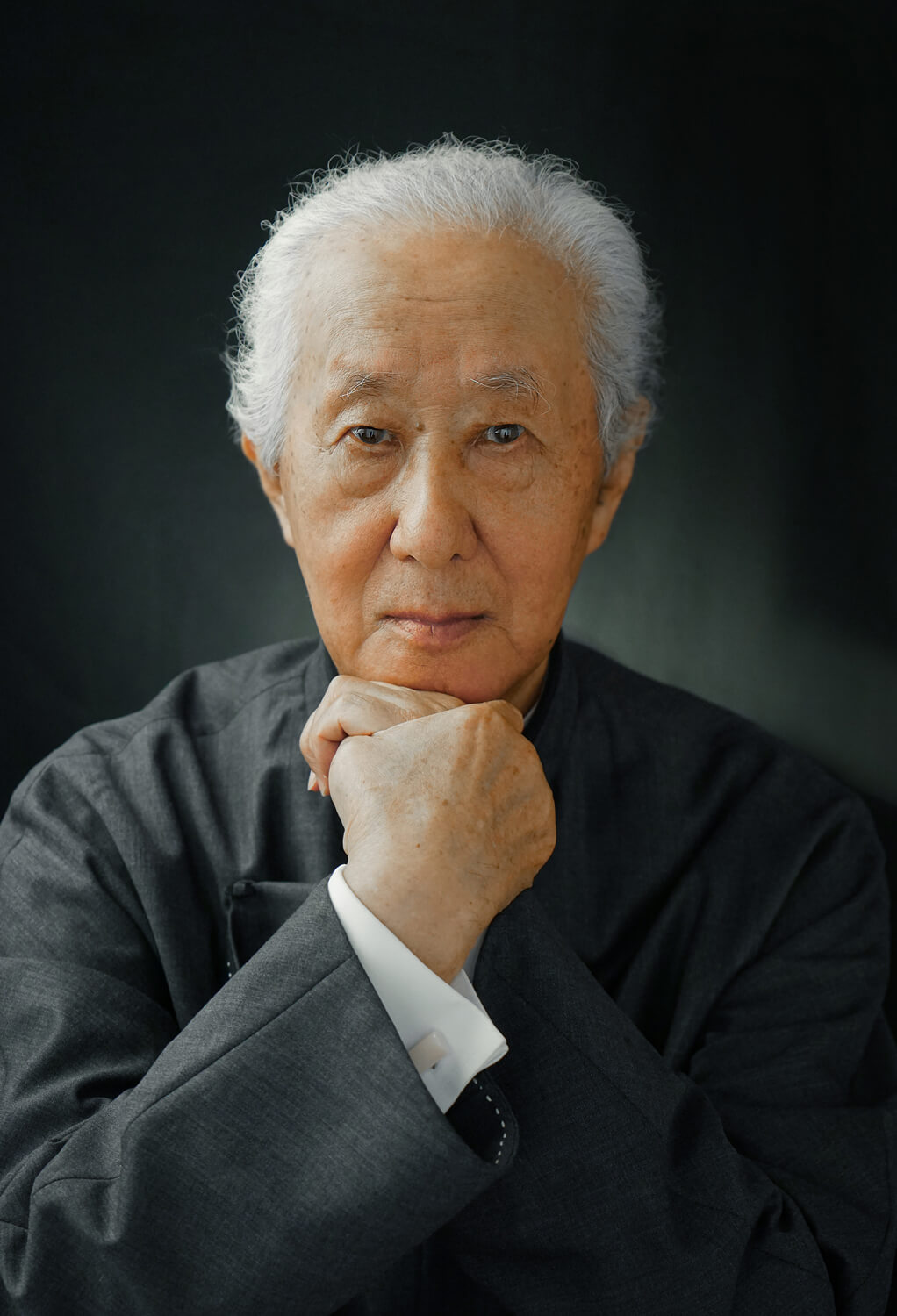
Courtesy of the Pritzker Architecture Prize.
We know him for his somewhat crazy creations, like the idea of a city suspended above Tokyo’s Shinjuku district, ‘City of Air’, designed in 1962. Now, Arata Isozaki has won the 2019 Pritzker Prize, architecture’s equivalent of a Nobel Prize. His imagination and awareness of the impermanence of things – he grew up close to Hiroshima, which was devastated by the atomic bomb – pushed him to continually develop his style.
Isozaki is also a keen traveller, and the first Japanese architect to mix western influences with Japanese style. One of his best-known works is the Palau Sant Jordi stadium in Barcelona, which he half-buried in order to showcase the surrounding hills and which has a curved shape that recalls Buddhist temples. More recently, he created Ark Nova with artist Anish Kapoor. The aim of this inflatable, mobile concert hall was to provide entertainment for the residents of regions affected by the 2011 tsunami, thus lightening hearts through architecture.
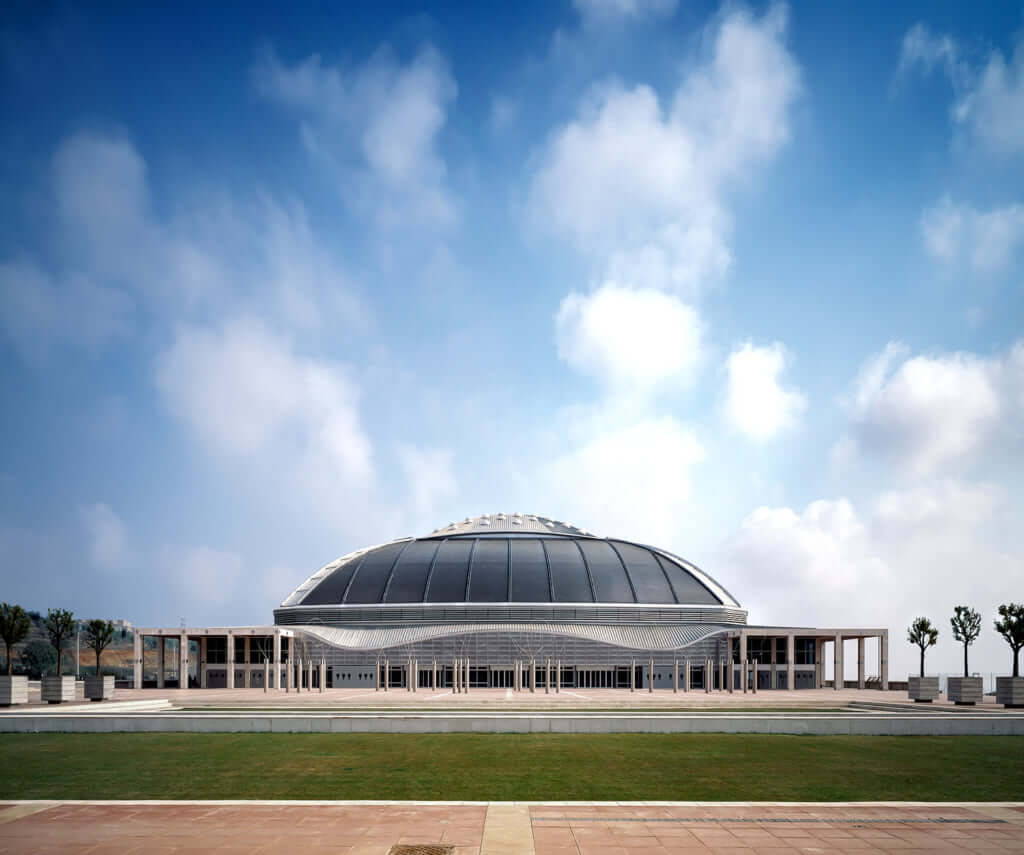
Palau Sant Jordi, 1983-1990, Barcelona, Spain. Photo courtesy of Hisao Suzuki. Courtesy of the Pritzker Architecture Prize.
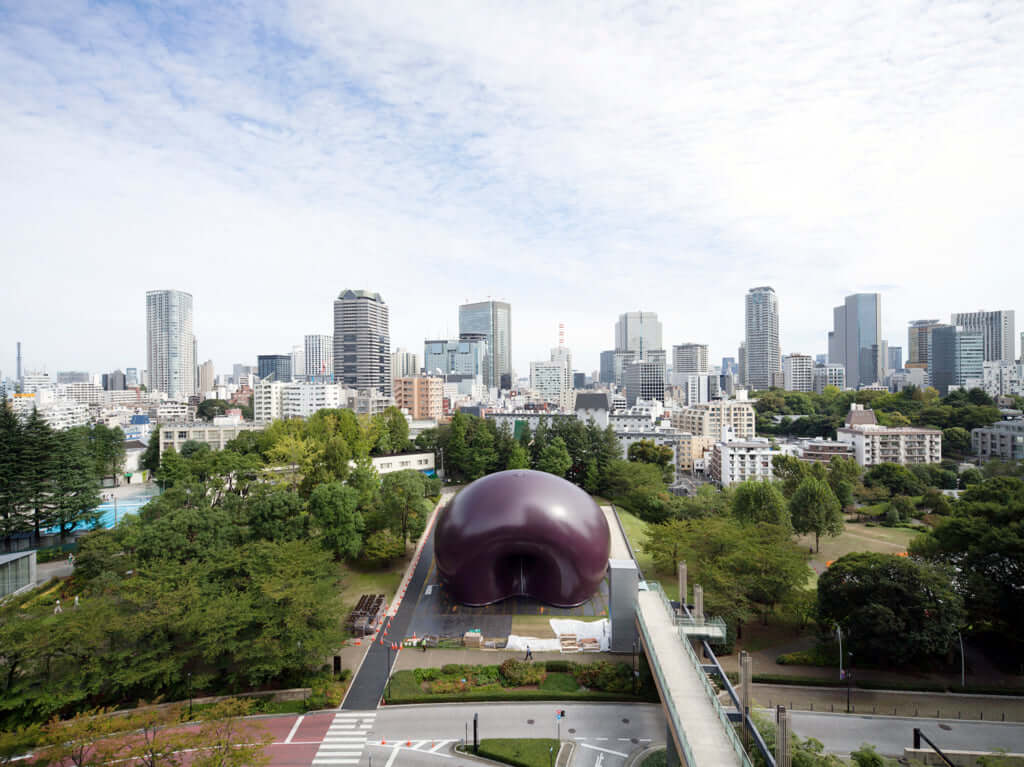
Tokyo. LUCERNE FESTIVAL ARK NOVA (designed by Anish Kapoor and Arata Isozaki), Miyagi (2011-2013, 2014), Japan, Fukushima (2015), Tokyo (2017). Courtesy of the Pritzker Architecture Prize.
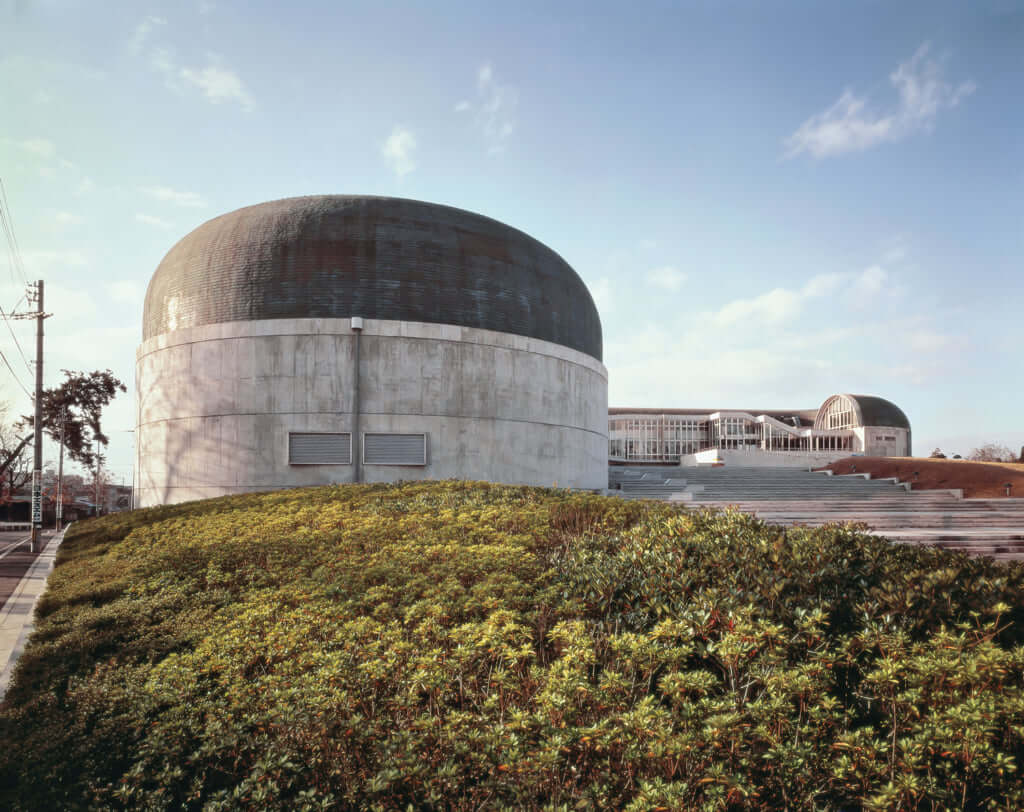
Kitakyushu Central Library, 1973-1974, Fukuoka, Japan. Photo courtesy of Yasuhiro Ishimoto. Courtesy of the Pritzker Architecture Prize.
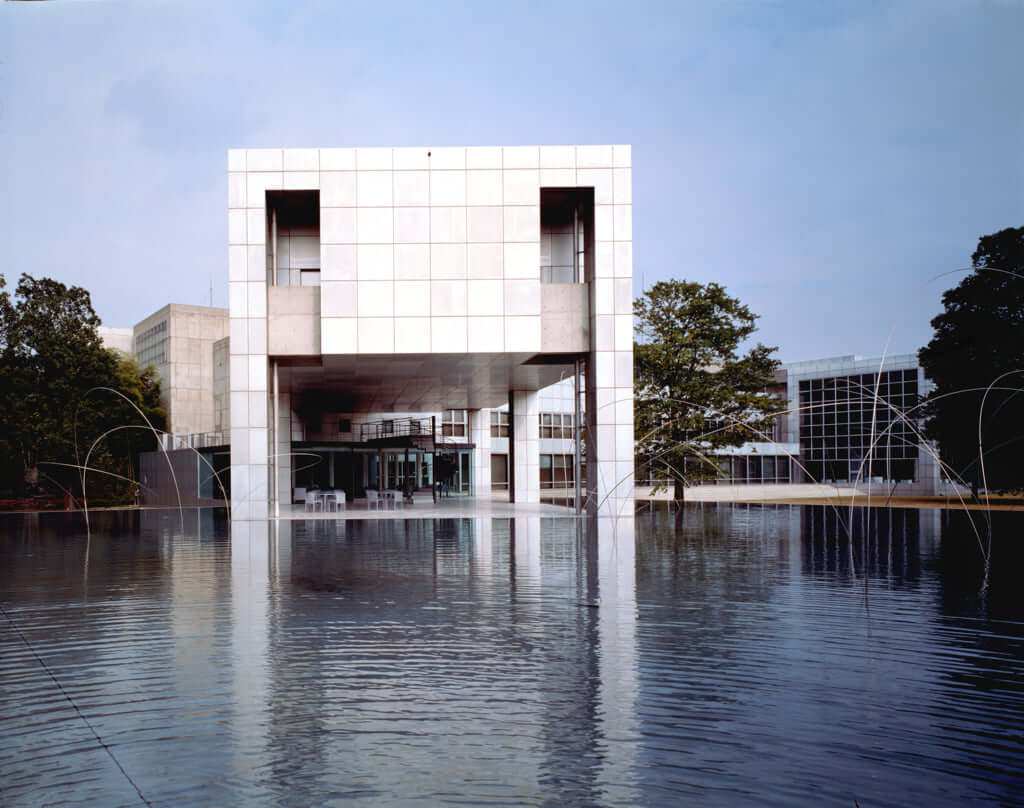
The Museum of Modern Art, 1971-1974, Gunma, Japan. Photo courtesy of Yasuhiro Ishimoto. Courtesy of the Pritzker Architecture Prize.
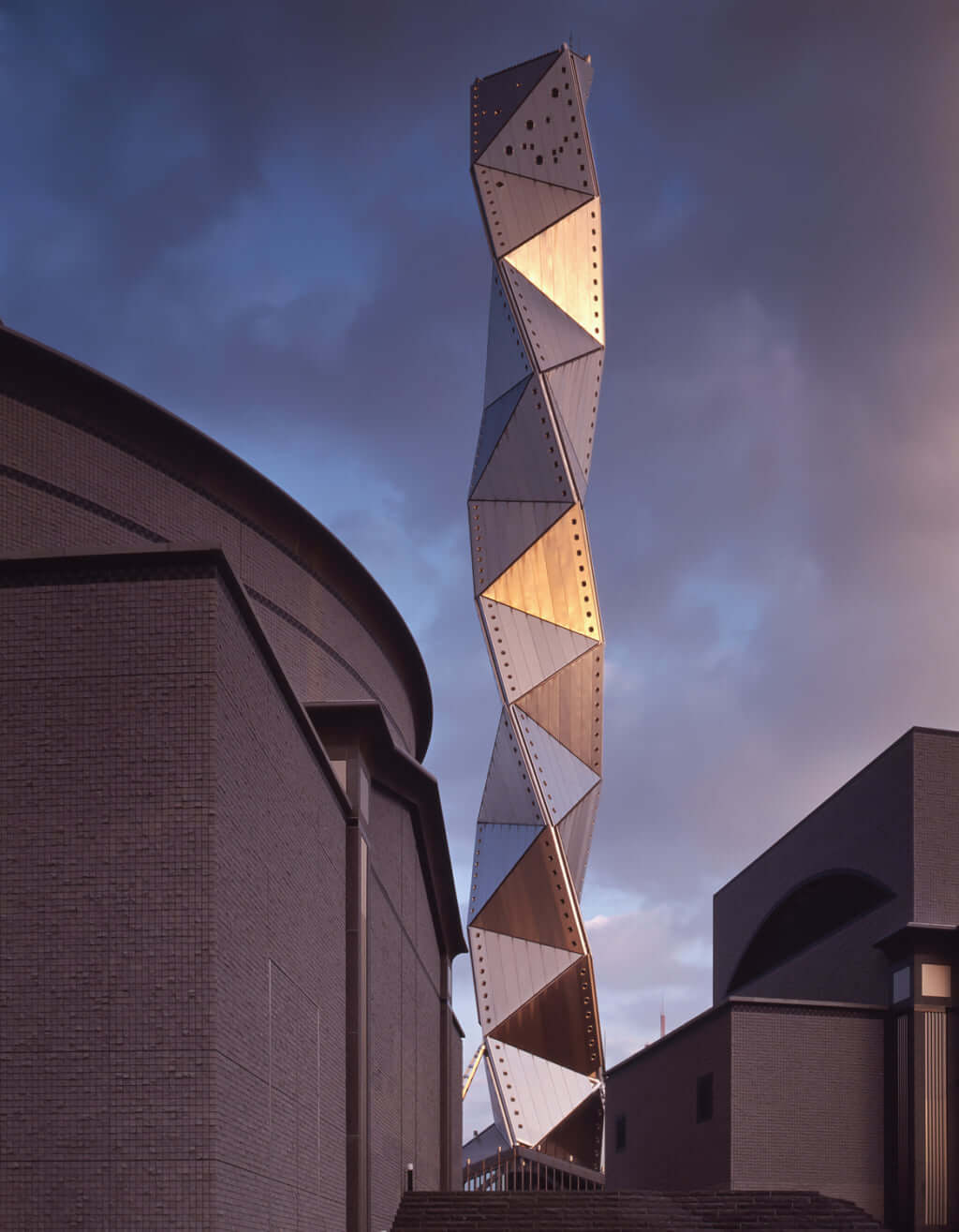
Art Tower Mito, 1986-1990, Ibaraki, Japan. Photo courtesy of Yasuhiro Ishimoto. Courtesy of the Pritzker Architecture Prize.
TRENDING
-
The Tradition of the Black Eggs of Mount Hakone
In the volcanic valley of Owakudani, curious looking black eggs with beneficial properties are cooked in the sulphurous waters.

-
Gashadokuro, the Legend of the Starving Skeleton
This mythical creature, with a thirst for blood and revenge, has been a fearsome presence in Japanese popular culture for centuries.

-
The Tattoos that Marked the Criminals of the Edo Period
Traditional tattoos were strong signifiers; murderers had head tattoos, while theft might result in an arm tattoo.

-
Colour Photos of Yakuza Tattoos from the Meiji Period
19th-century photographs have captured the usually hidden tattoos that covered the bodies of the members of Japanese organised crime gangs.

-
‘YUGEN’ at Art Fair Tokyo: Illumination through Obscurity
In this exhibition curated by Tara Londi, eight international artists gave their rendition of the fundamental Japanese aesthetic concept.





